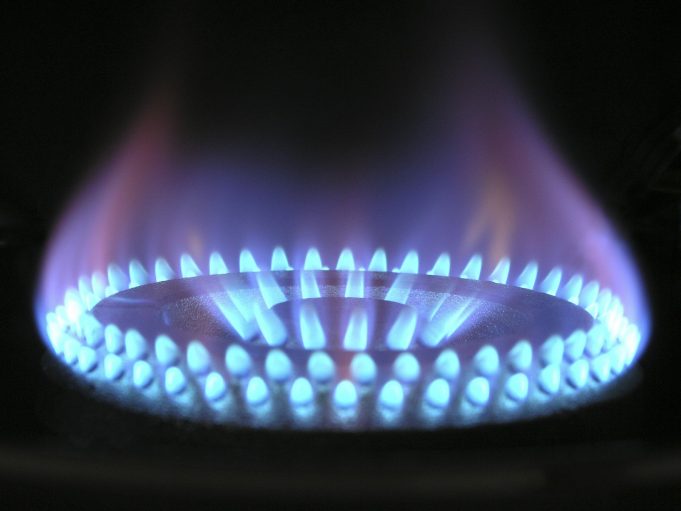Since 2006, it has become obligatory to go through an official fire risk assessment for all non-domestic properties in the UK. This assessment is designed to offer insight into whether there are specific fire hazards in the building that need to be removed.
The fire risk assessment involves a certificate that’s given to the building owner after the approval comes through. Until then, the building cannot be used for commercial purposes.
Here is a detailed look at protecting your property with a fire risk assessment and all that it entails.
What is a Fire Risk Assessment?
A fire risk assessment refers to a thorough inspection of any non-domestic property based on established fire safety standards in the UK.
This includes:
- Identification of All Relevant Fire Hazards/Risks
- Assessment of Property Using Fire Safety Measures
- Assessment of Fire-Starting Possibilities in the Property
- Identification of Fire Exits to Leave Property During a Fire
- Analysis of Options to Eradicate Fire
- And More!
With a fire risk assessment, it’s often going to vary depending on the property’s size and how old it is. This can play a role as to how the fire risk assessment is completed.
To complete a fire risk assessment, it’s essential to go with a specialised professional with years of experience assessing fire-related risks. They don’t have to be certified, but it’s recommended to have someone in the know with credible experience.
It’s essential to have a scaled drawing of the property to understand better whether it’s safe. This can help shed light on specific fire safety features in place during the fire risk assessment. Having this information on paper is imperative.
Once the approval comes through, it will be on the specialist to sign off on the fire risk assessment and claim responsibility.
Benefits of a Fire Risk Assessment
- Strict Guidelines
Fire risk assessments are excellent because they follow new-age standards of what’s permitted and what’s not. This is based on ongoing fire risk standards that have been set by the federal government. Knowing these standards makes it easier to pinpoint potential issues that the property may have.
It’s recommended to focus on the strict guidelines while going through this process, including checking off all fire-related features in the property. A specialist can assist with this as they go through the premises room by room.
- Increased Protection
It’s important to note that a fire risk assessment will help analyse fire exits, potential features, and other relevant problems that can create hurdles over the long-term. The responsible party will go through these details one by one while helping secure the property.
This is essential for any commercial property that is going to have employees and/or tenants.
The increased protection can protect the business from legal liabilities down the road.
Just having relevant information about potential safety hazards can go a long way in organising the property. It allows property owners to figure out what needs to change before getting started. It creates a stronger foundation for safety.
- Detailed Identification of Hazards
Determining how a fire can start will go a long way during the fire risk assessment. The responsible party is going to inspect the property and look for various sources of ignition. These sources can become the root cause of any fire that occurs inside the property.
It’s best to have a specialist highlight these sources so that they can be protected over the long-term.
An excellent example of this would be a building that has cooking equipment inside. This equipment is more than capable of overheating and/or igniting into a fire. Just having the ability to pinpoint these details and keep everyone safe starts with a fire risk assessment.
Some examples include:
- Lighters, Candles, Matches
- Poorly-Engineered or Installed Electrical Fittings (i.e. Light Bulbs)
- Damaged Wiring
- Use of Fire-Inducing Equipment (Welding, Grinding)
- Equipment Such as Kilns, Ovens, Furnaces, Open or glass Hearths
- Electrostatic Discharges
- Portable Heaters
- Engines, Boilers
Knowing about all of these items makes it easier to adjust along the way. This is why a fire risk assessment is vital as it sheds light on where your focus needs to go to keep everyone safe. Whether it’s time to change the items and/or maintain them, it’s recommended to have all of these details ironed out well in advance.
- Helps Design Protocols
Most commercial properties are going to have multiple people coming and going throughout the day. It’s just the nature of things, and something property owners have to be aware of. However, are all of these individuals prepped for potential fire safety issues that pop up?
It’s essential to go with something straightforward, which is why the fire risk assessment has become mandatory.
It ensures property owners can design safety protocols for anyone that is inside the property. This keeps those individuals safe, whether they are staying for a little while or for days at a time. Having this information is beneficial and will make sure the property runs like a well-oiled machine around the clock without exposing people to unnecessary fire hazards.
These design protocols go a long way in creating a strong foundation for safety.
Final Thoughts
A fire risk assessment is one of the most important investments a property owner makes. It provides a short and long-term look at the fire safety standards of a building, especially when it comes to specific materials exposed in the setting.














